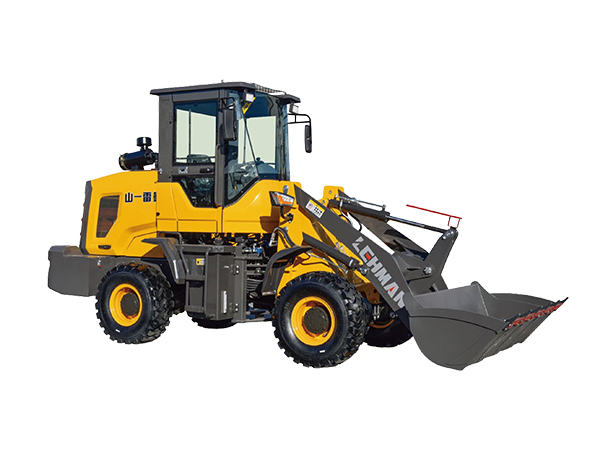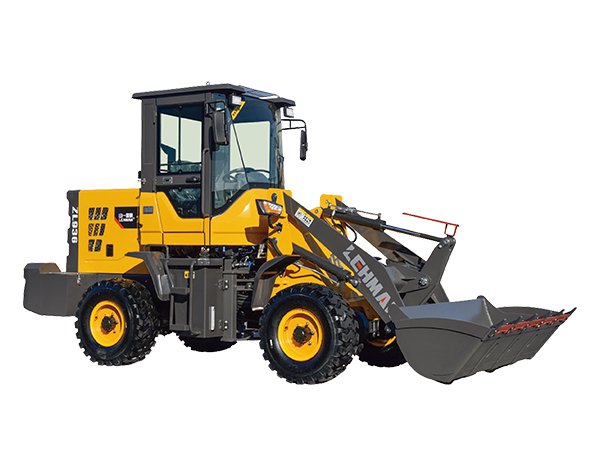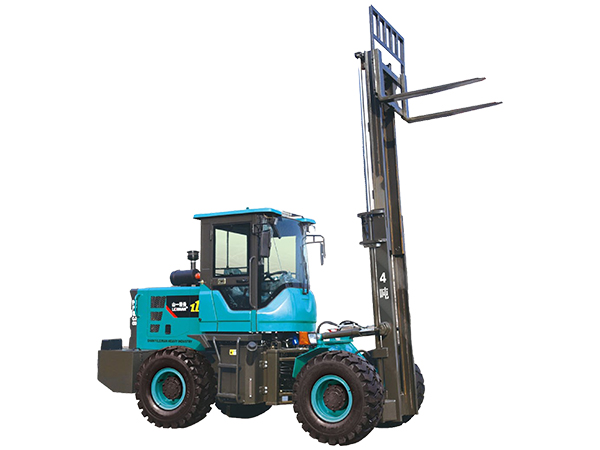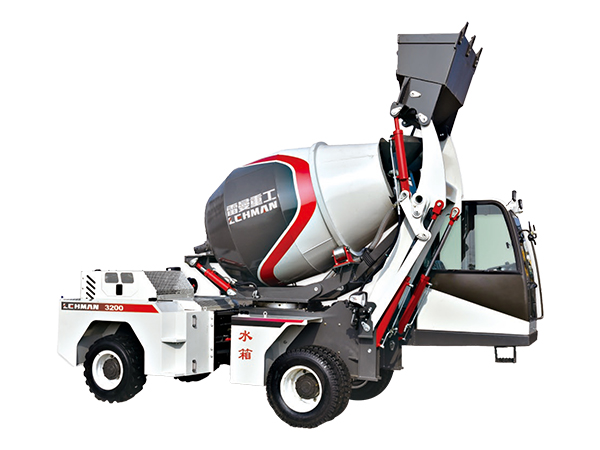Daily maintenance of loaders
Daily maintenance of loaders is crucial to ensure optimal performance, extend equipment life, and prevent unexpected breakdowns. Below is a list of routine tasks that should be performed daily or before each shift: Visual Inspection: Check the exterior for any visible damages or leaks, including fuel, oil, coolant, and hydraulic fluid. Inspect tires for proper inflation and tread wear. Look for cuts, punctures, or bulges. Confirm that all lights, indicators, mirrors, and warning devices are working correctly. Engine and Fluid Levels: Check engine oil level and quality. Top up or change if necessary. Check radiator coolant level and ensure the water is clean. Consider using antifreeze during cold weather seasons. Verify transmission, hydraulic, and brake fluids are at the correct levels and appear clean. Filters: Check air filter cleanliness and replace or clean as per manufacturer’s recommendations. If applicable, inspect the fuel filter and replace when dirty. Undercarriage: Look for excessive wear or damage to tracks, sprockets, rollers, and idlers (for tracked loaders). For wheeled loaders, check the grease points and apply lubrication as needed. Attachments: Inspect bucket teeth or other attachments for wear and damage. Replace worn-out parts. Ensure attachment mounting pins are lubricated and secure. Hydraulics: Operate the loader’s hydraulic functions (lifting arm, tilting bucket, etc.) to check for smooth operation. Report any sluggishness, leaks, or unusual noises. […]
Causes and treatment of failures of loader’s working device
In the process of assembling and using the working device of the loader, there are mainly the following problems: (1) Difficulty in assembling. Parts cannot be installed or hinged joints cannot be rotated flexibly after assembly. At this time, it needs to be disassembled for flame correction or to be corrected on the mold. Sometimes several parts can be assembled, but due to excessive parts tolerance, it is easy to cause local wear and interference, leaving hidden dangers. (2) A quality accident occurs after the whole machine is assembled and used for a period of time. For example, the rocker arm is bent and twisted, the boom is deformed, the beam is welded, the bucket is pulled diagonally torn, the hydraulic cylinder is strained and the oil leaks, and the piston rod is bent. The main reason: In the manufacturing process of the working device, due to poor welding accuracy, it is difficult to assemble, which makes the parts of the machine work abnormally, causing wear and damage; the unqualified hydraulic cylinder is also an important factor that causes the difficulty and damage of the working device. . The damage to the working device of the loader is generally concentrated on the front frame, boom and hydraulic cylinder. Solution: Improve or redesign the welding tooling; strictly control the welding and […]
 English
English
 Russian
Russian
 Arabic
Arabic































